Quick Summary of 15 Reasons Why Your Drain Is Clogged:
Clogged pipes are the worst.
The drains and pipes in our homes and workplaces are made for mainly two different purposes. Some for water and some for waste disposal.
But one thing they all have in common is the tendency to get clogged. Sometimes a clogged drain isn’t a big deal and is easily fixed. Other times it can be a much larger problem.
It’s still annoying, no matter what. And what’s especially annoying is when you can’t figure out what the heck the problem is. This article lists the 15 most common reasons why drains and pipes get clogged.
If you have a clogged drain, it’s likely because of one of these 15 reasons. The information here will help you diagnose your current and future drain-related issues.
1. Hair
It usually starts as a small, almost unnoticeable blockage. And then slowly works its way up as more hair builds on itself inside the pipes.
Even if you have small screens and grates over your sink drains, hair still finds a way to accumulate.
A good habit to get into is regularly cleaning it out with a snake clog removal tool.
They’re usually very inexpensive and can be purchased at most supermarkets. You’ll certainly find them in home improvement stores like Home Depot.
You don’t need any expertise at all to use these little tools properly. Just stick it down in there, do a little twisting, and pull it back up. Depending on the style of sink you have as well as how bad the clog is, you may not need one.
Sometimes all it takes is a few attempts with some needle-nose pliers or long tweezers.
If hair accumulation is a big problem in your household, consider getting some extra-strength drain screens.
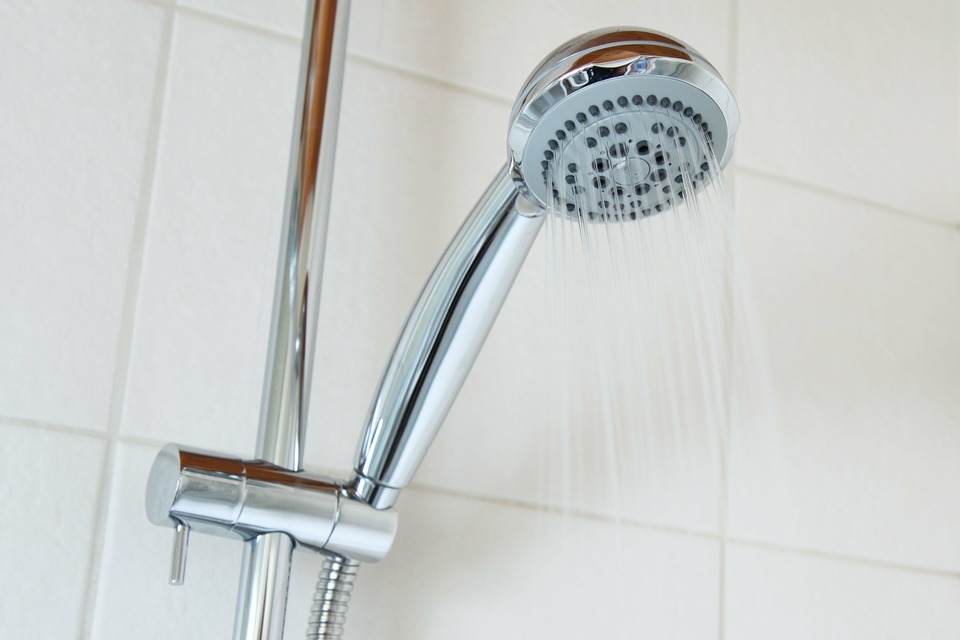
2. Objects
The wide variety of objects that we’ve found in the pipes of people’s homes would surprise you. It’s usually the regulars such as food, dental floss, jewelry, kids toys, chunks of bar soap, silverware, and small lids.
Sometimes we find things in there that make us think, “How the heck did this get in here?”
When it comes to household drains other than the sink disposal, only three things should ever get in.
Human waste, water, and toilet paper. Anything else has the potential to create a problem. If you’ve got small kids in the home, consider getting lid latches for the toilet seats.
They are very effective and keeping foreign objects out.
3. Fat, Oil, and Grease
Of all the things that we put down the drain that are considered food, these are the most damaging. Remember all those times when your mom told you not to put the bacon grease down the drain? She wasn’t kidding and probably learned that lesson the hard way herself.
Fat, oil, and grease harden up very quickly and stick to the pipe walls. Then they catch other things on their way down. By the way, this includes cream, chocolate, vegetable oil, butter, and meat trimmings.
Putting these substances down your drains is bad. We’ve seen many household drainage systems badly damaged from careless disposal of fat, oil, and grease.
Don’t put them down the garbage disposal or flush them down the toilet.
There are a few proper disposal methods for these substances.
Pour the liquid into a separate container and let it harden. Then scoop it out into the garbage can. We’ve also heard of people pouring them into heavy-duty ziplock bags and then throwing them away.
Whatever you do, just don’t put anything fatty, oily, or greasy down any drain.
4. Food
Yes, the disposal in your kitchen sink is designed to take in food. But no matter what the model of your disposal is, don’t overdo it. You shouldn’t be careless and wasteful and put large amounts of food down there.
Whenever possible, throw unwanted food items and meal trappings into the actual garbage. Not the garbage disposal.
If you get into this habit, the chances of you ever having a problem with your kitchen sink is low. Garbage disposals have fast-spinning blades designed to cut the food up.
This is so they can travel through the pipes without fear of catchings or accumulating. But there are many foods that don’t chop up very well.
And it goes without saying that you should not put food of any kind down the toilet or bathroom drains. Toilet and bathroom drains are not designed to handle food.
Those drains are designed to handle…well, you know. Anything that could be described as hard, sharp, stringy, or greasy should never be flushed down a toilet. They’re called water pipes for a reason.
5. Feminine Hygiene Products
You know all those products that claim to be flushable? It says it right on the box, usually! Well, in our experience, that’s not entirely true.
You see, your city’s sewer system is treated with microorganisms that dissolve human waste. But it doesn’t break down tampons and feminine pads, despite their being advertised as flushable.
When you flush these feminine products down the toilet, you’re taking a risk. They aren’t biodegradable.
On top of that, they have fibers in them – cotton, for example. These kinds of things clog drains all the time. From our perspective, feminine hygiene products should be thrown away in the garbage. Not flushed.
You’ll have to decide for yourself. But know that they make this list for a reason.
6. Flushable Wipes
Basically, everything we just said in the above section also applies to so-called flushable wipes. If you ask any person who works directly in wastewater management or sewer system processing, they’ll tell you the same thing. Need some more convincing?
In the last 5 years, New York City has spent almost $20 million on efforts to clean up all the wipes in their sewer systems. There have been legal claims stating that these companies are guilty of false advertising.
What they’re really saying when they say “flushable” is that they’ll fit into the pipe. That’s it. Packaged wipes that boast the product is biodegradable appears to be false.
We recommend that the only thing you ever flush down the toilet is toilet paper, human waste, and water. That’s it. Anything else – napkins, paper towels, cardboard, feminine products, wet wipes – just throw them away in the trash.
7. Combinations
It’s very common for a combination of the above 6 things to join forces and clog a drain. It’s gross, but when this happens it looks like a disgusting, slimy ball of stuff .
As you would expect, when you have a “combo” situation at hand, it accumulates over time.
Most of the time what happens is your drain starts to get slower. But not slow enough that you don’t bother to do anything about it. Then it gets a little worse. And then a little worse until finally, you have to take care of it.
If you have a weak stomach, maybe have somebody else pull out the drain goodies for you.
These combos are often a mixture of hair and toiletry products (hair product, soap, detergent, shaving product, etc.). One of the common ingredients in these products that make them susceptible to clogging is phosphate.
If the packaging says phosphates on it, it’s going to be prone to clogging drains. Another ingredient that contributes to clogging is an unnatural surfactant. Products that have either none of or have natural surfactants will be better on pipes and drains.
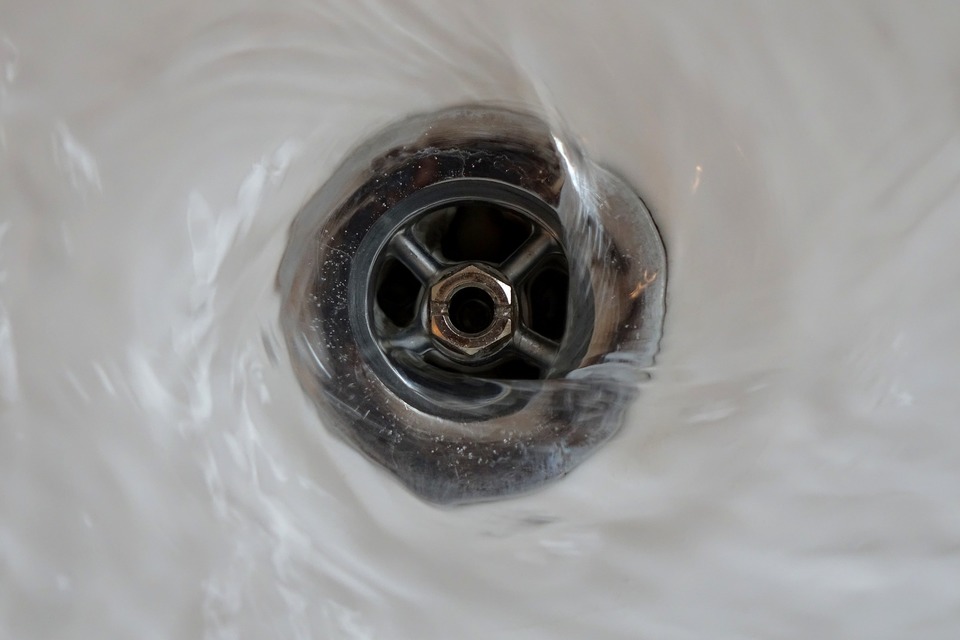
8. Leaks
If you have a leak, this soaks the soil and causes erosion. The result? Pipes begin to sag and alter their intended position. We don’t need to tell you that this is definitely not good and can lead to pricey repair costs.
9. Overload
When this happens, it’s usually inside a home that’s on a septic system. What happens is the waste capacity of that home grows, maybe because more people have joined the family. Or maybe additional people are now living there permanently.
Sometimes, those living in the house simply overuse and then overload the system.
Common symptoms of this are stinky smells, visible backups, or noticeable non-draining. What’s unfortunate is that even in a home with a properly sized sewer main, overload can still occur.
10. Undersized
It’s hard to know if you live in a home that is susceptible to clog via an undersized pipe system. Especially if you’re not the first owner of the home. It’s hard to find out what kind of past your home’s plumbing system has had.
What usually happens is that a new owner of a home will add onto it without considering the plumbing. You have to compensate for this. Not only that, but we’ve seen homes where it’s clear an inexperienced technician “addressed” the pipes.
11. Slope
This shouldn’t be the reason you have clogged drains. If it is, shame on the technician who installed your pipes. Or maybe the foundation of your home is shifting. That can also cause the slope of the water pipes and sewer to misalign.
As you can guess, gravity plays an important role in the proper functionality of water systems. All the pipes need to have the proper slope depending on the location of their installation.
This can be a chore for the technician on some homes compared to others. It depends on the terrain of the property lot.
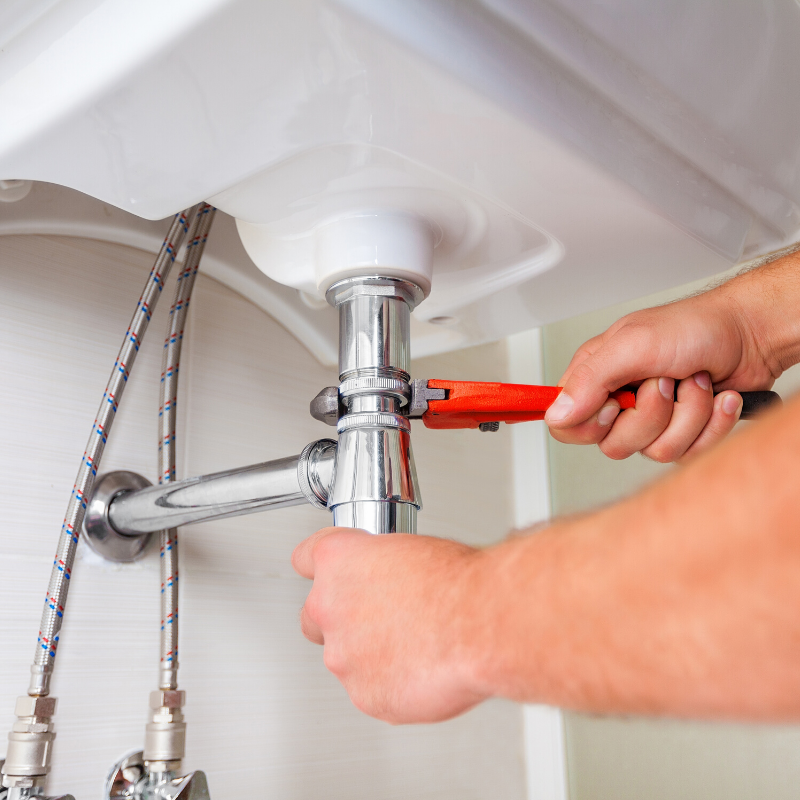
12. Nature
Mother Nature has been known to cause drains to clog. How does she do this? Blockages can be caused by rocks, dirt, sticks, and leaves that enter the system through underground areas.
Leaves are especially good at clogging drains. It’s almost impossible for water to break them up.
Do not let them travel into the storm drain when clearing your yard of leaves. Little animals (mostly rodents) have also been known to clog drains. They get themselves in there and…well…they don’t come out.
13. Disintegration
Pipe disintegration can happen to homes with old pipe systems.
There are a few other reasons this can happen. If the pipes are made from terra cotta, they are definitely more prone to disintegration. Or if they’re made of clay or if they are surrounded by aging concrete.
What usually causes the clogging in these situations is sagging pipes. The joints come loose with age, the pipe drops, and then loose water erodes the soil.
14. Pipe Scale
This is a bit more rare compared to other causes on this list. But it does happen. Pipe scale refers to clogs caused by mineral deposits. The water leaves these substances behind as it flows through the pipes.
Over time, under some circumstances, they can build-up to the point where it causes a blockage. It’s usually metallic elements, magnesium, and calcium deposits. These deposits cause problems not just because they build it.
They also react to certain conditions and to changes in temperature and grow even more that way. The water you use in the house can also be affected by this.
15. Tree Roots
Though this list is in no particular order, we put tree roots first because it really is the most common clog culprit when it comes to sewer and water mains.
Old homes are much more susceptible to falling victim. But really any home, no matter the age, can experience it.
There’s a dead giveaway that tells you right away that your tree roots are infesting your pipes. The dreaded gurgling sound. As you know, roots of any plant are drawn to water, naturally growing toward it.
So if you have an underground pipe that has a leak, chances are tree roots are gonna find their way to it. This will cause even more damage than what might already exist.
You can catch it before it happens by being on the lookout. Because tree root damage tends to be expensive, some people have a video inspection done every few years. It’s a lot cheaper.
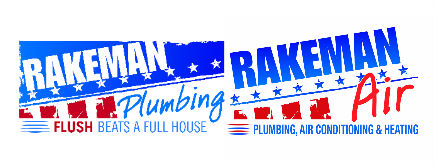
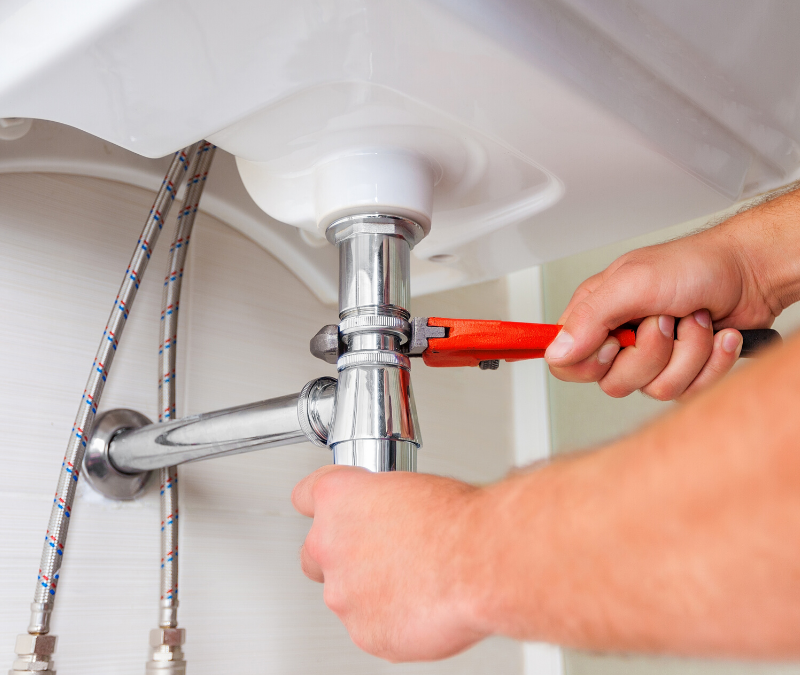
Recent Comments